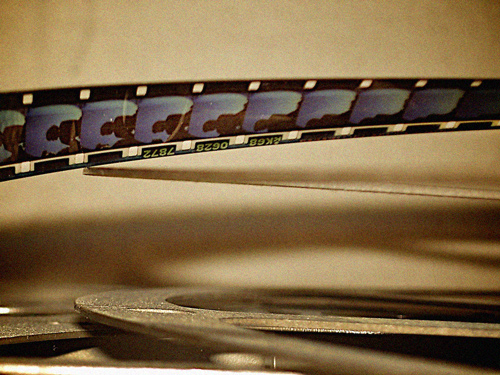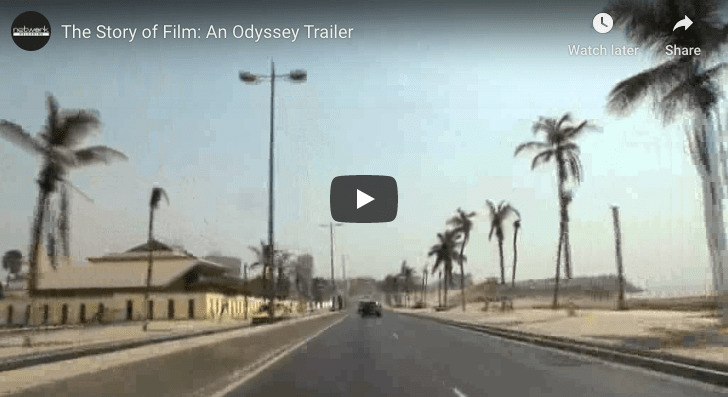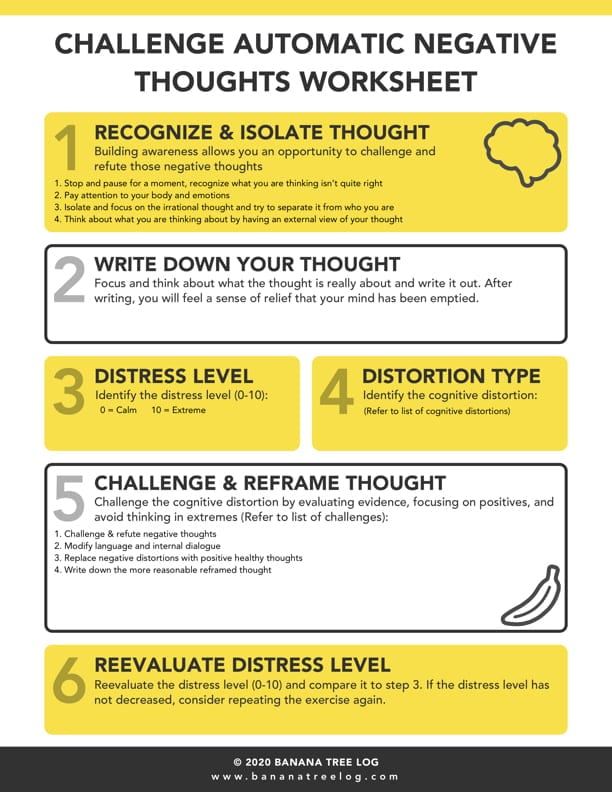| TOPIC | YOUR NOTES |
1. Who is the protagonist?
| The protagonist is Maria Von Trapp. |
2. Who is the antagonist?
| The antagonist is widely accepted to be Hans Zeller. |
3. What is the conflict?
| There are multiple conflicts; An inner conflict between Maria and herself /personality, a conflict between Maria and the Von Trapp children/their father, and the constant, underlying conflict provided by the happenings of the war (WWII). |
4. What is the theme or central, unifying concept? (summarize in one or two words)
| Music is the largest role-player in this film, and helps to outline the theme as; where there is music, there is hope, or perhaps the more general theme of close-knit family. |
5. How is the story told (linear, with flashbacks, flash-forwards, at regular intervals)?
| The story is certainly linear. |
| 6. What “happens” in the plot (Brief description)? | The story begins with the protagonist Maria living among the nuns at the Abbey, in a small(ish) town in Austria. After a unanimous agreement that maria was perhaps too troublesome for the abbey, she is sent to be a governess for a historically difficult group of children, and is tasked by their father (Captain/Georg Von Trapp) to maintain discipline. With Maria’s unusual personality, and her inclination towards song-singing, she quickly overcomes both the children and the father’s difficulties, and unites a family that was previously quite disconnected. However, Georg’s fiance eventually drives Maria away, after it is realized by both of them that a love exists between Georg and Maria, but Maria eventually returns after some encouragement from her Reverend sister. Soon the engagement between Georg and his fiance is dissolved, and he and Maria are free to marry, with the eagerly-given consent of the children.
The end of the movie is shadow-cast by World War II, and the two heads of the family have to work hard to keep the children un-worried about the looming threat of Germany, even as Austria is clearly overtaken. Because Georg has always blatantly refused to acknowledge Hitler’s power and presence, he is carefully watched by the Nazis, and is soon called to act once again as a naval captain – but this time for the German navy. After refusing, he and his family are forced to escape the country by means of foot, and the movie ends with a scene depicting the nine family members traversing amongst Austria’s gorgeous, wind-filled, rocky hills/mountains . |
7. How does the film influence particular reactions on the part of viewers (sound, editing,
characterization, camera movement, etc.)?Why does the film encourage such
reactions? | Quite a long, film, The Sound of Music is filled with various sound, camera, and characterization techniques that encourage audience reactions.
Music cannot be ignored throughout this film, and each song perfectly reflects the possible themes that could be represented by the surrounding setting (see next question response). Accompanying the music, the choreography in this film is lovely and lively.
No ‘expense’ was spared when it comes to film quality and unique scenes, with varying settings that are all unified by their common beauty.
The film does an excellent job of not only evoking joy, but also worry and outrage in certain scenes – there was a perfect, much needed balance between the two tones. I found myself often having to consciously relax my face after realizing that I had scrunched my eyebrows together out of worry or frustration upon witnessing various parts of the film.
|
| 8. Is the setting realistic or stylized?What atmosphere does the setting suggest?Do particular objects or settings serve symbolic functions? | The setting is certainly realistic (and beautiful), and although the Von Trapp house is far grander than the average Austrian house, it is made clear that the house/mansion is more of an anomaly than not.
The suggested atmosphere that is prompted by the setting would be one of whimsy, |
9. How are the characters costumed and made-up?What does their clothing or makeup reveal about their social standing, ethnicity, nationality, gender, or age?How do
costume and makeup convey character? | My family and I adored the wardrobe of Maria before she was introduced to the grandeur of the Von Trapp household, with her “ugly” dress (we found it charmingly simple), her hat, and of course her modest, cropped hair.
The matching outfits sewed for the children by Maria (made out of her curtains) were also highly enjoyable – not only were they quite absurd and gorgeous “play-clothes,” but they helped reinforce the intense connection between the siblings.
Unfortunately, there was little to no ethnic diversity throughout the film, which did take away from the complete perfection of the film. I am unsure if it was a decision made concerning the time period or the setting, but regardless I would’ve enjoyed seeing more diversity. |
| 10. How does the lighting design shape our perception of character, space, or mood? | The lighting is drastically altered depending on the intended mood or tone of the given scene – typically with darker lighting cast for more mysterious, suspenseful scenes, and with brighter lighting for cheery, humorous scenes.
The light usually is balanced between the subjects and the setting of each scene – because each setting is so marvelous that even the interesting happenings of the characters are somewhat paled in comparison.
Shadows also play an important role in the film. My favorite example of their effect is at hour 1, minute 2, second 2, where Maria and the children skip through a beautiful tunnel of lattice and vines. The cross-hatched shadows play on the characters’ forms and add to the already spectacular tone of the scene. |
| 11. How do camera angles and camera movements shape our view of characters or spaces?What do you see cinematically? | The film is filled with slow pans and a healthy mix between regular shots and close-ups – with the close-ups reserved for scenes where a character is being introduced (example – hour 1, minute 3), or scenes that are intense.
The cuts in the film often match up with the music, with the scenes changing at a deliberate pause in a song, which unconsciously makes the audience feel connected and certain. |
12. What is the music’s purpose in the film?How does it direct our attention within the
image?How does it shape our interpretation of the image?What stands out about the music? | Music is the sole most important aspect of this film. It is deeply invested in both the magic of the film, but also the plot – as music is the reason (other than Maria) for Georg’s resubmission into happy family life.
In The Sound of Music, the music is almost solely founded on happy-thoughts (this due of course to the cheery nature of Maria), and helps balance out the underlying factor that is less noticeable but not forgotten – the war.
You’ll see musical themes that are conjured earlier in the film brought forth once again as the war becomes more prevalent, and as music becomes a larger necessity for maintaining high and hopeful spirits. |
| 13. How might industrial, social, and economic factors have influenced the film?Describe how this film influences or connects to a culture? | I found it interesting that the german forces were so mercifully portrayed – I had expected a harsher representation of them. However, because this film is largely directed towards a younger audience, I believe the war was toned down at least slightly, so as not to disturb the majority of the film’s audience.
The Sound of Music is so wonderful because if emphasizes an element of magic and happiness and hope, all while such a terrible war is going on. It makes it clear – that even while turmoil is present, there is goodness to look for.
It is quite a hopeful film. |
14. Give an example of what a film critic had to say about this filmUse credible sources and cite sourcesExample: “The Shawshank Redemption Movie Review (1994) | Roger Ebert.” All
Content. N.p., n.d. Web. 24 June 2015. | “The magic and charm of Rodgers-Hammerstein-Lindsay-Crouse 1959 stage hit are sharply blended in this filmic translation which emerges one of the top musicals to reach the screen. The Robert Wise production is a warmly pulsating, captivating drama set to the most imaginative use of the lilting R-H tunes, magnificently mounted and with a brilliant cast headed by Julie Andrews and Christopher Plummer which must strike a respondent chord at the boxof[f]ice. Slated for roadshowing, the Todd-AO film cloaked in the superb tints of DeLuxe Color bears the mark of assured lengthy runs and should be one of the season’s most successful entries, particularly with Miss Andrews-fresh from [h]er “Mary Poppins” triumph – to further spark attention.”
Movie review by Whitney Williams.
Movie Review taken from Variety Film Reviews
Review made on Mar 2, 1965 11:00pm PT |
| 15. Select one scene no longer than 5 minutes that represents well the whole film and shows relevant cinematic elements.Write a one-sentence description of the scene and record the time of the scene. Example, from 1:05:00 to 1:10:00.Explain why you chose this scene. | From hour 1, minute 11, to
hour 1, minute 16.
“The contagious spirit of Maria breaks down all previous barriers and peace and joy is restored.”
I chose this scene because it shows the main character’s personality so well – she is eager and joyful, but also firm and angered easily when her decent perspective is not shared.
You see the result of Maria’s efforts, and music is importantly used in this scene. |
| 16. In the selected scene: write a sentence for each of the elements below to justify why this scene best represents the film: | |
| a. Screenwriting: | Well written, with passion from Maria and a long-awaited character change (Georg). |
| b. Sound Design: | Gentle and magical, well placed. |
| c. Camera Movements/Angles: | Simple frames and cuts, all straightforward, with a mix between close-ups and regular shots. |
| d. Light Setup: | Simple, softer at certain moments. |
| e. Soundtrack/Score: | Typical, matches with the continuous tone/mood of the film. |
| 17. What’s the socio-cultural context of this film? | The film is set during WWII, but was of course made afterwards. It is based on a very real story, and the more popular, American version was made following a German version.
Austrian culture and society is brought up multiple times in the film as well, and the Von Trapp family’s singing helps to uphold that culture, even throughout the war. |










